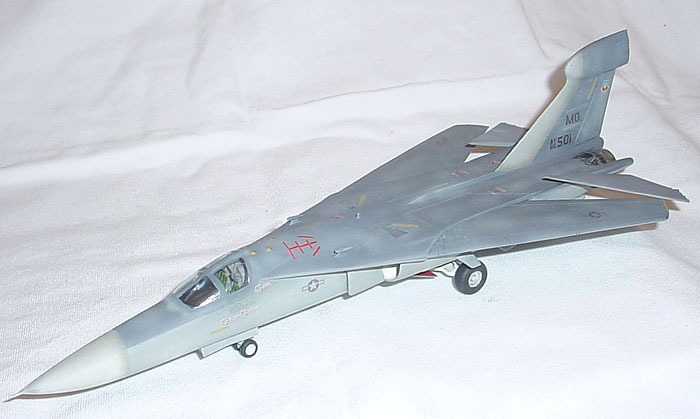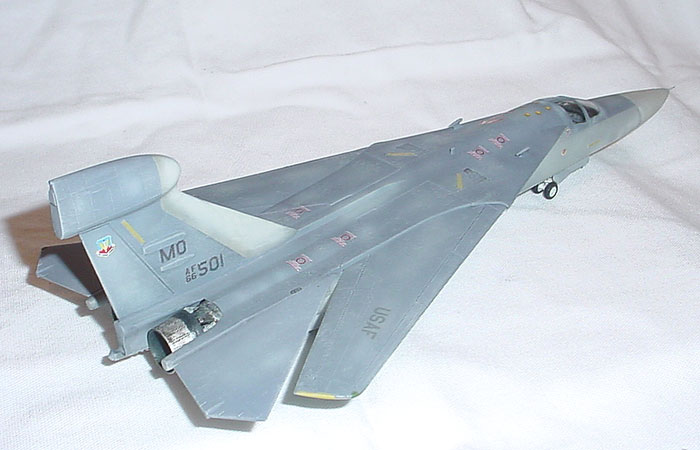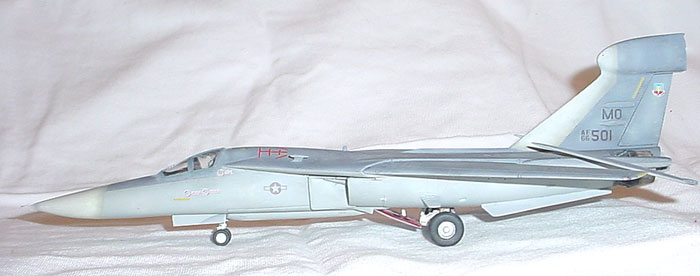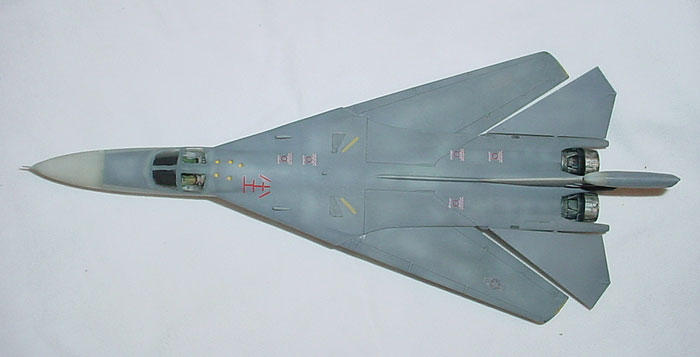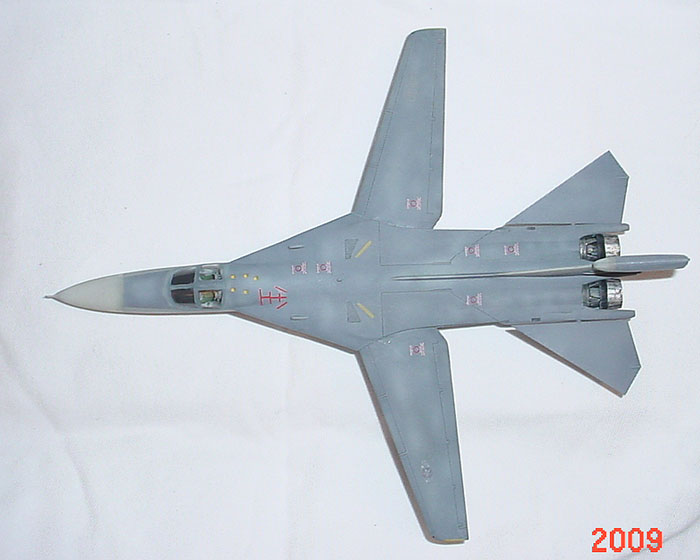Silvering is light refracting under the clear film of the decal., Usually caused by a rough finish finish under the decal. I do 3 steps for a gloss coat, first is a mist where just a little bit of the clear coat hits the surface, model gets a tacky feel to the surface and still looks flat, Nevt i move a little closer and open the needle about half way. and work down from top of the area, when wet this will look like a smooth finish, but still kinda rough when dry when this is dry to the touch it'll look like shiney and can be polished to full smooth surface using Novus sanding creams, but still not quite right for decals, the final pass will be a simple "wet" coat of the clear, this will look smooth when dry and all the "fisheyes and the orange peel" texture will disappear. The final step is very important when using acrylic and enamel clear coats. As each layer builds up they fill in the previous layer, to where the finish will build in sheen with each application. Laquers are a little special, the few coats prime the paint and plastic underneath, and the "heat" from the Laquer is forming a a single layer of film over the kit. with each application of laquer the clear coat will bond heat and bond to the previous layers forming one layer, nad can be polished to remove the any "orange peel." Also, if using a laquer gloss coat any bare plastic will need to be masked, the laquer will eat the plastic if it's not protected. HTH, I know it was kinda long, but sometimes it's a good thing to know how the different stuff works.
